Condensation occurs when moisture from the air enters the engine and mixes with the oil. If you've ever seen water droplets inside your car's oil cap, you may be wondering what to do about it. Don't worry - you're not alone! We asked automobile experts, and they've shared a few tips and solutions.
There are several ways to get rid of condensation in your engine oil:
- Allow the engine to warm up and burn it off
- Change engine oil
Most people know that condensation is a problem in the wintertime, but did you know that it can also be an issue in the summer? In this blog post, we will discuss what to do if you encounter condensation in your engine oil.
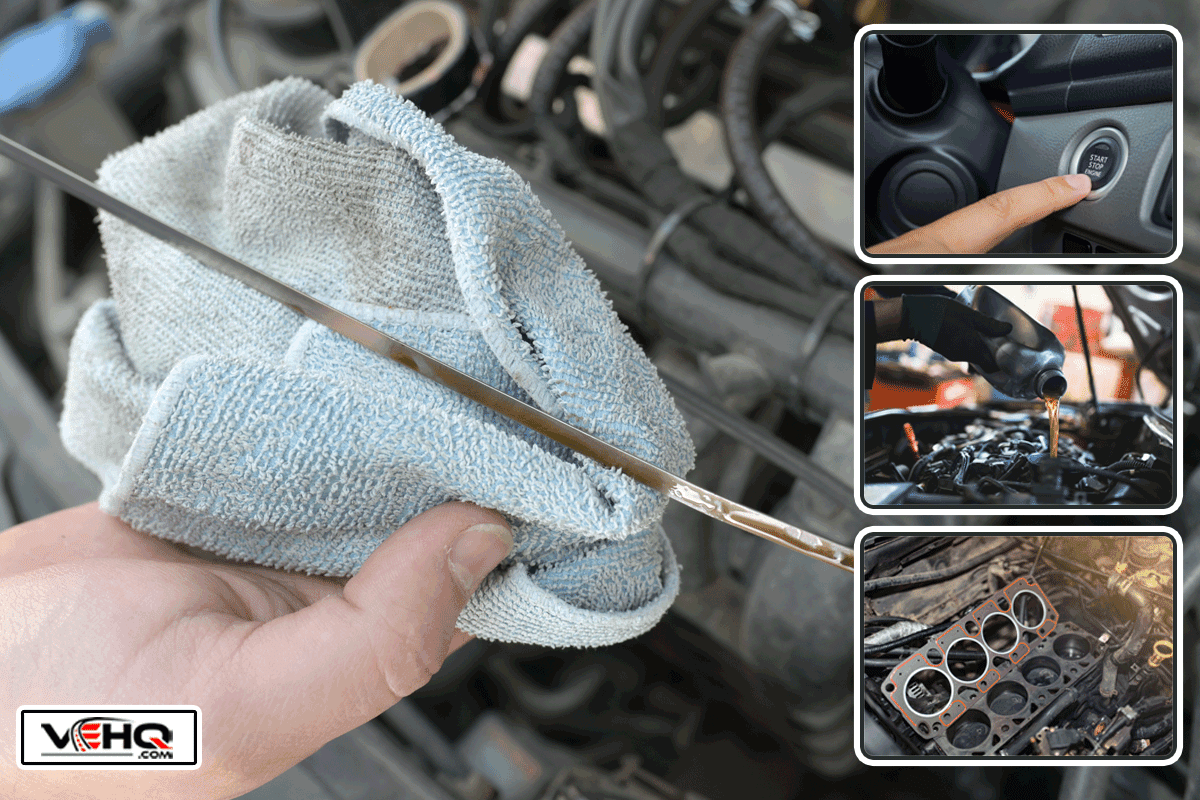
How Do You Know If There Is Condensation in Your Engine Oil?
If your car has been sitting in the sun for a while, or you haven't driven your car in a long time, you may have to check your car engine oil.
Here is a simplified list of instructions on checking engine oil:
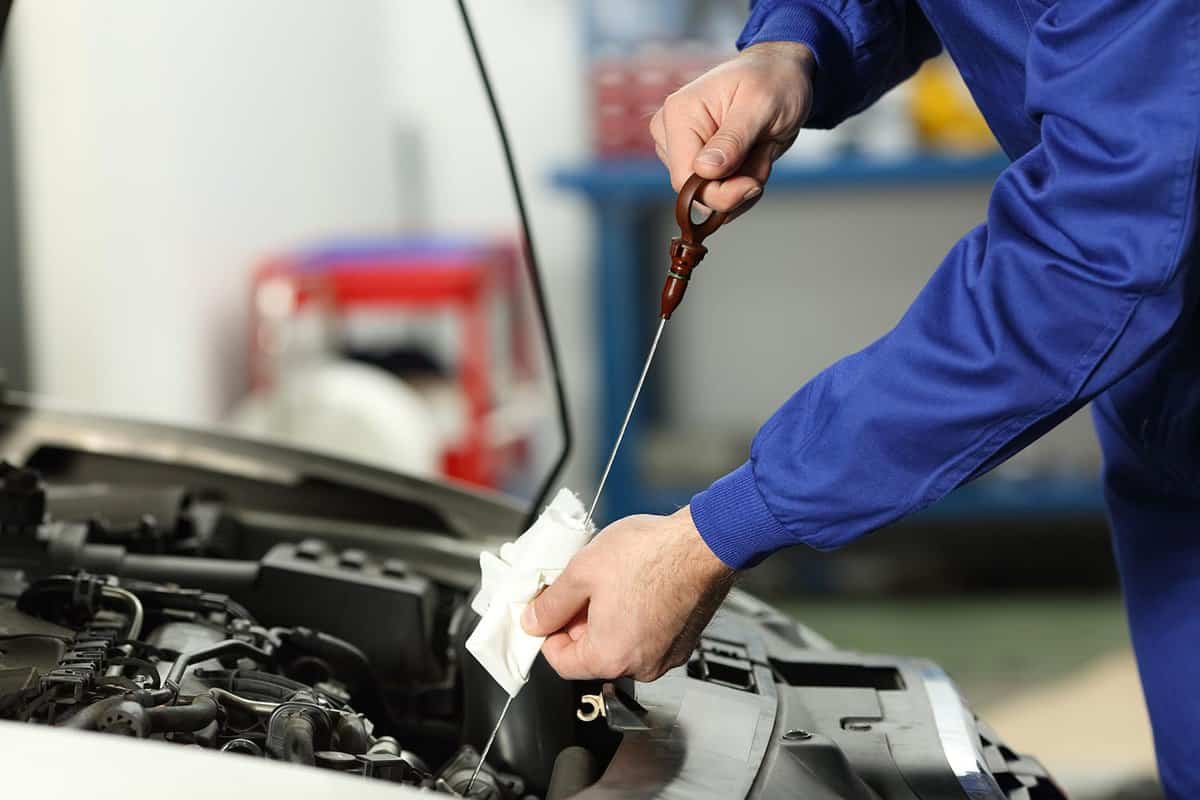
- Turn off your vehicle for at least two hours. Make sure it is parked on level ground.
- Remove the dipstick, wipe it clean, and then push it back again.
- While keeping the pin down, check the engine oil level again.
- See to it that the oil level is below the cross-hatched area at the tip of the stick. At the same time, check to see if there is condensation in your engine oil.
Here are some tell-tale signs that there is condensation in your engine oil:
- when you see water bubbles or droplets on the dipstick upon checking the level of your engine oil
- brownish residue just above the oil level
- visible milky-brown oil with a thick consistency residue under your engine oil cap
- engine oil level is low or looks dirty
What Causes Condensation in Engine Oil
Condensation occurs when moisture from the air enters the engine and mixes with the oil. This can happen if the engine is not properly sealed, or if the vehicle is driven in cold weather conditions. It can also occur if you have not driven your car in a long time.
When the engine is cold, the water vapor in the air can condense on the surfaces of the engine parts, including the oil. As the engine warms up, this water vapor is released back into the atmosphere. However, if there is too much moisture in the air, it can cause the oil to become saturated with water, leading to engine problems.
Water vapor can condense inside the engine, causing the oil to become diluted. The amount of water vapor that can be present in the air varies depending on the temperature and humidity level.
What Should You Do if You Discover Condensation in Engine Oil in Your Car?
Over time, the moisture will cause the oil to break down and become less effective at lubricating the engine. As a result, the engine may run less smoothly, and it may eventually suffer damage. If you suspect that there is condensation in your engine, it's important to have it checked by a mechanic as soon as possible.
Allow Engine to Warm Up and Burn the Condensation Off
Give your engine a few minutes to warm up before you start driving. This will burn off small condensation that has built up.
On the other hand, if your car has not been driven in a long time, we recommend taking your car for a good drive. This will allow the engine to reach operating temperature long enough to burn off the accumulated water vapors.
Engine Oil Change
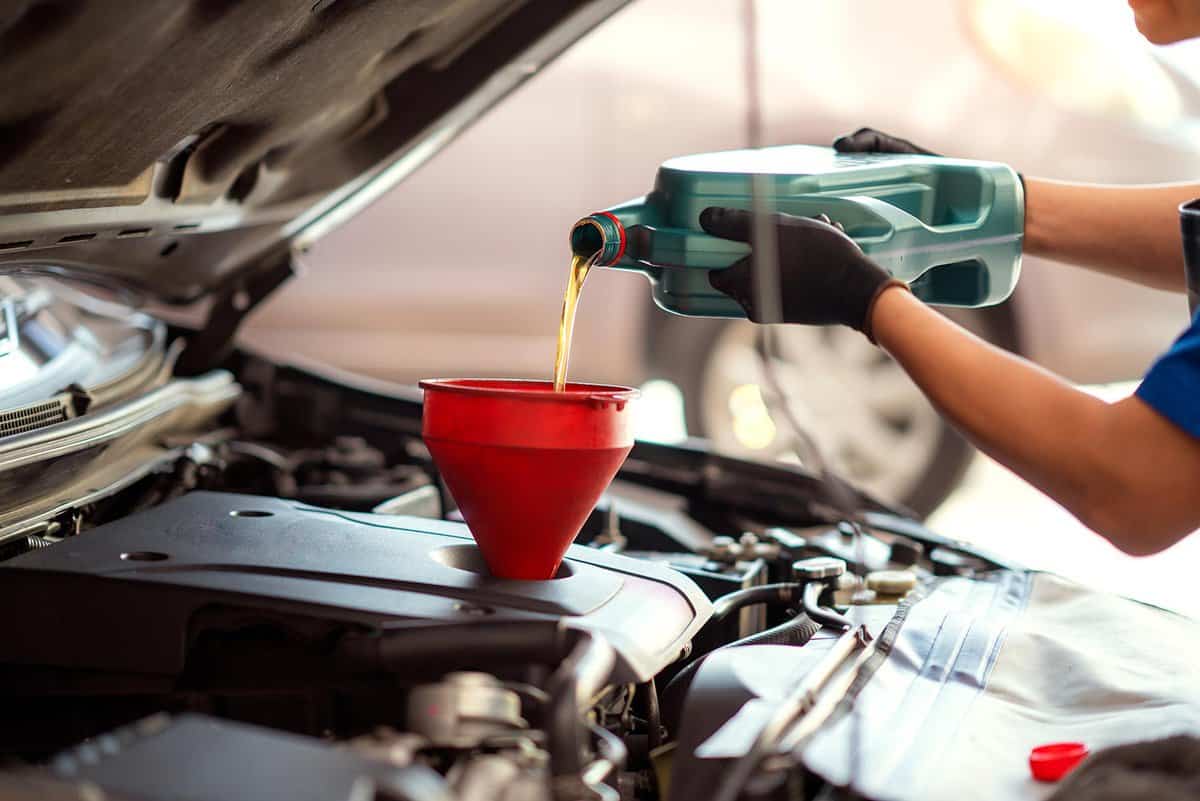
By following a few simple steps, you can DIY changing your engine oil.
- Jack up your car to give you enough working space. Access the oil pan and oil filter by removing the engine cover. At the same time, check for oil leaks.
- Find the drain plug. Drain the oil into a receptacle container large enough to contain all the oil that will drain from your car.
- Loosen the old oil filter until it falls off with an oil filter wrench. Make sure that you don't leave behind the old oil-filter gasket.
- Replace the drain plug but avoid overtightening it. Properly seal the new oil filter by coating a small amount of your new engine oil around the rubber gasket. Lower the car back to the ground after you have reinstalled the undertray.
- After opening the hood of your car, remove the oil cap. Check the manufacturer's indicated volume of oil then fill your engine with it using a funnel. Avoid overfilling your engine with oil as this can damage it.
- Check the oil level once you have poured in the right amount of oil. Allow it to settle for a few minutes before checking the oil level again.
- Replace the oil cap then restart your engine. Let the vehicle stay in place and warm up while you check for oil leaks under the vehicle.
- Reset your car's engine oil system after a successful engine oil change.
Don't forget to properly dispose of your car's used engine oil. Do not mix it with other normal trash. Ensure that the container holding them is sealable and leakproof. To prevent harming the environment and animals, take your used oil to auto part stores or service stations for recycling.
Here are some engine oil products for your vehicle:
Check out this Castrol 03110 GTX High Mileage 10W-30 Motor Oil on Amazon.
If you're unsure about how to go about changing your car's engine oil, we recommend taking it to an auto shop.
What Is the Danger of Water in Engine Oil?
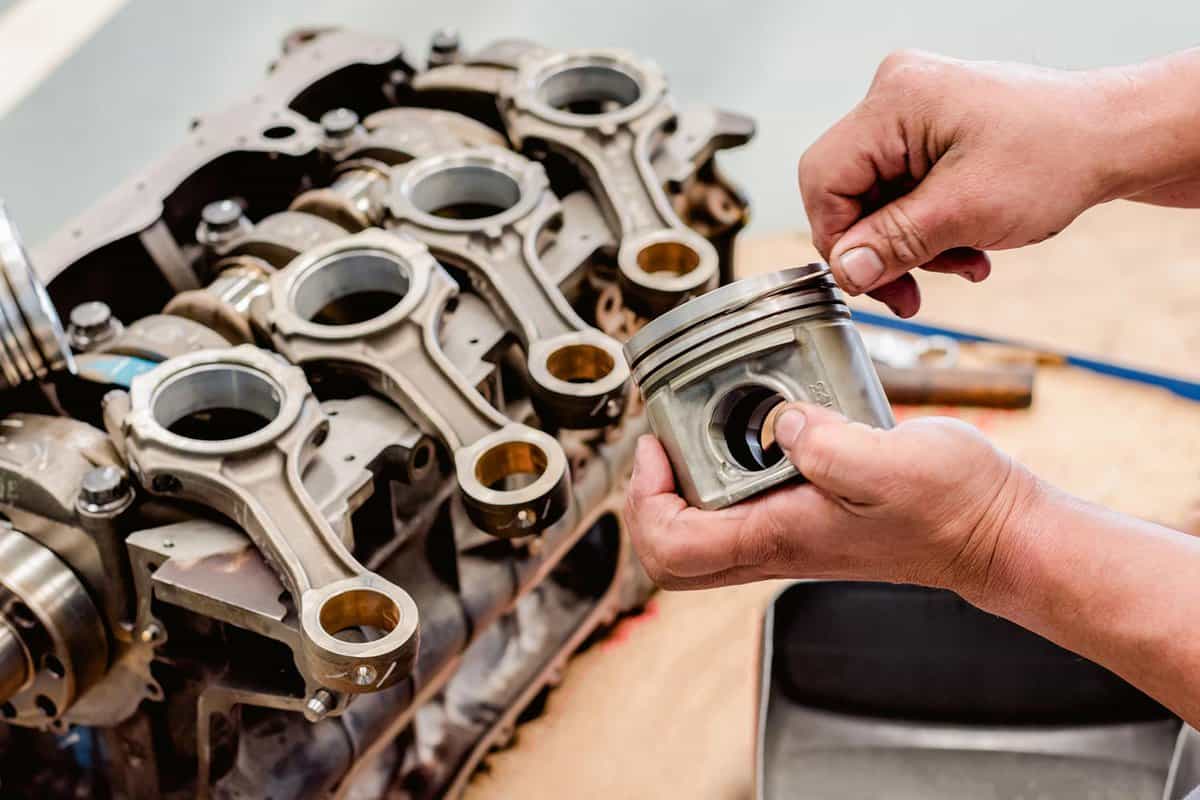
Condensation in engine oil can cause bad consequences for your car. A change in the composition of your engine oil due to water contamination can cause the following:
- corrosion and clogs in the channels of your engine leading to piston rings getting stuck
- the antiwear function of the engine oil is diminished
- decreased car performance
- engine failure
How Do You Prevent Condensation in Your Engine Oil
Here are a few tips you can keep in mind:
- Keep an eye on your oil level regularly and top it off as needed.
- Don't let your car sit still for too long periods of time. Take it out even for short drives every once in a while.
- Fill up your tank more often not to leave space for moist air to condensate.
- Regularly change your oil as it deteriorates over time.
Some Related Questions
What Causes Water in Car Engine Oil
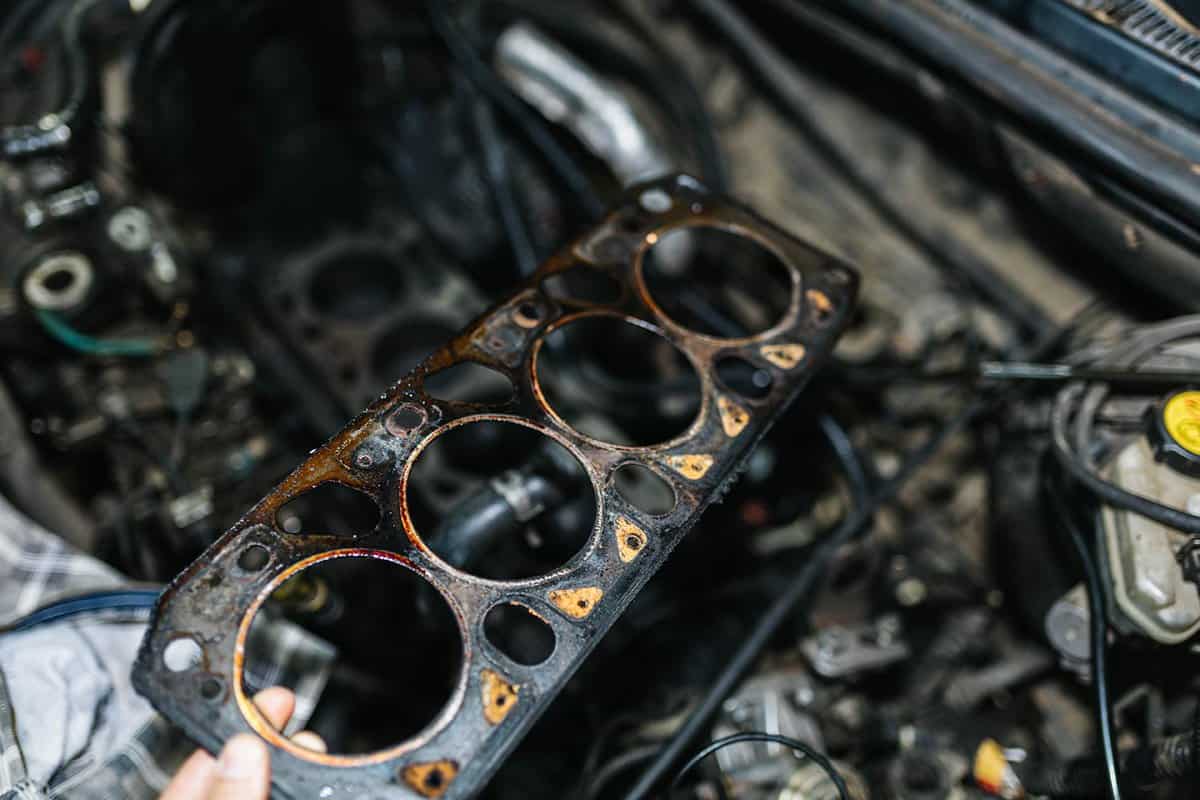
Other than simple moisture or condensation entering your car's engine, water can also get in because of the following reasons:
- Damaged cylinder head gaskets are usually found in older cars due to high mileage. It could also be due to incorrect installation or poor quality of the gasket itself.
- Use of low-quality oils that contain moisture particles.
- Driving through a deep puddle can cause water to enter your engine system
Is Engine Oil the Same as Motor Oil?
Engine oil and motor oil are interchangeable terms for the same product. They are made of base oil, dispersants, antiwear additives and viscosity improvers. Engine/motor oils function in lubricating parts and gears of an engine.
How Often Should You Check and Change Your Engine Oil?

We advise checking your oil at least once a month or before long trips. You may also check it at regular intervals as recommended by your vehicle manufacturer.
You may need to change your engine oil more often if:
- you drive frequently
- drive long distances at high speeds
- you do long trips with heavy loads including towing
Can You Change Engine Oil Yourself?
Changing your own engine oil can be a fun activity if you're someone who loves working on your car. It could also save you some money. But if you're unsure how to do it, you can always take your car to a mechanic and have a professional do it for you.
To Wrap Up
Condensation in engine oil is a common issue, but it's one that can be easily fixed. In this blog post, we talked about the causes of condensation in engine oil and how to fix it. We've also covered some preventative measures that you can take to help reduce the likelihood of this problem occurring again.
Here are some other articles related to taking care of your engine:
Best Engine Oil Additives For Low Compression


